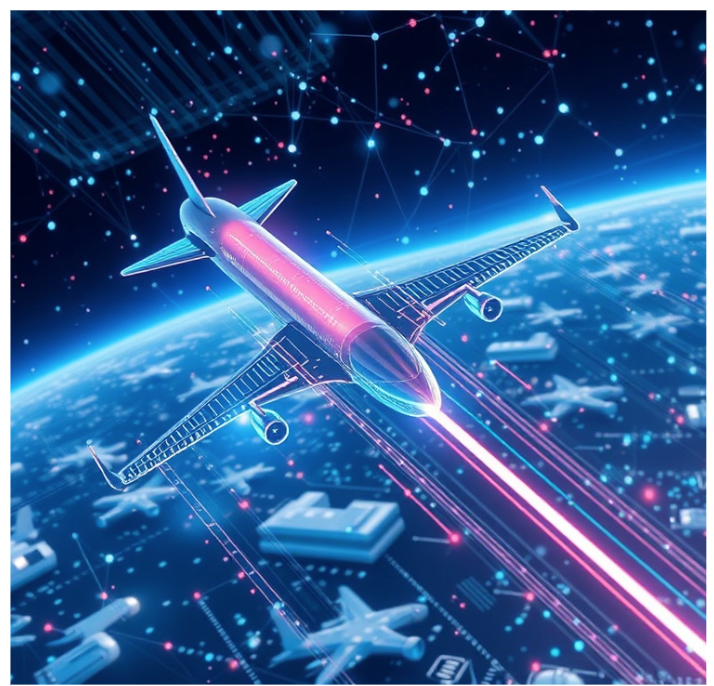
Canada’s aerospace industry is undergoing a high-tech transformation as artificial intelligence and automation redefine how aircraft are built, flown, and maintained. From predictive maintenance in remote airfields to AI-enhanced flight systems navigating busy skies, Canadian innovators are charting a smarter and safer course into the future. With bold government strategies and cutting-edge manufacturing, the nation isn’t just participating in the aerospace evolution it’s helping lead it.
Reimagining Canadian Aerospace: The AI & Automation Revolution
From the icy runways of Yellowknife to the robotics labs of Montréal, Canada’s aerospace sector is embracing a new altitude where intelligence and automation are redefining innovation. Once driven by legacy engineering and meticulous craftsmanship alone, the industry now stands at the intersection of cutting-edge technology and digital transformation.
In 2024, the Department of National Defence (DND) and the Canadian Armed Forces (CAF) launched a national AI strategy to modernize operations and enhance decision-making capabilities. This reflects a broader push to integrate AI across aerospace and defence, aligning with Canada’s digital transformation goals.
Predictive Maintenance: Keeping Aircraft Airworthy
AI-powered predictive maintenance systems are revolutionizing fleet management. By analyzing sensor data, these systems forecast equipment failures before they happen reducing downtime and improving safety. Pratt & Whitney Canada is leading a $13.9 million AI-aerospace project to develop predictive models for engine maintenance, supported by Scale AI and research partners like Amii.
Smart Manufacturing: Automation on the Assembly Line
Across Ontario and Quebec, aerospace firms are deploying AI-guided robotics and additive manufacturing to fabricate aircraft components with speed and precision. These technologies are helping address labour shortages and improve sustainability. In 2023, Canada’s aerospace industry invested $1.2 billion in R&D, maintaining its #1 ranking in R&D intensity among all Canadian manufacturing sectors.
Flight Systems & Air Traffic: Intelligence in the Skies
AI-enhanced flight systems now support pilots with real-time decision-making tools that synthesize weather, terrain, and aircraft data. Canadian airports like Pearson and Vancouver International are exploring AI-powered air traffic control to reduce congestion and optimize routing. Digital twins virtual replicas of aircraft and infrastructure are also being used to simulate operations and improve planning.
Cybersecurity & Ethical Oversight
As aircraft become more connected, cybersecurity is mission-critical. AI is being deployed to detect and neutralize threats across aerospace networks. According to Canada’s National Cyber Threat Assessment 2025–2026, state-sponsored cyber actors are increasingly targeting critical infrastructure, including aerospace systems. Ethical concerns around autonomous decision-making especially in defence are being addressed through policy frameworks and human-in-the-loop safeguards.
Economic Impact & Future Outlook
Canada’s aerospace sector contributed $28.9 billion to GDP and supported 218,000 jobs in 2023. More than 75% of aerospace manufacturing revenues were export-related, reinforcing Canada’s global competitiveness. With AI adoption accelerating, the industry is poised for growth in autonomous drones, space exploration, and sustainable aviation.
Final Approach
AI and automation aren’t just refining aerospace they’re redefining it. In Canada, they’re helping companies navigate complexity, enhance resilience, and unlock new possibilities. As the sector evolves, collaboration between government, industry, and academia will be essential to ensure innovation remains responsible, inclusive, and future-ready.
